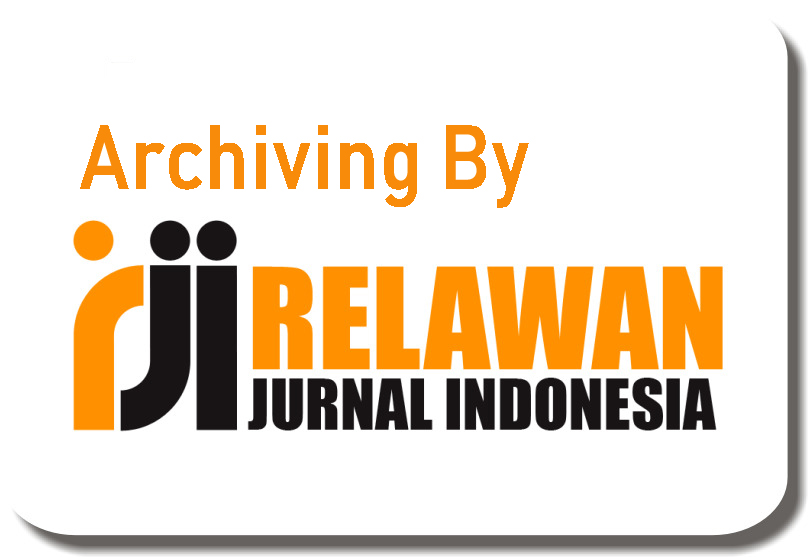AN IMPROVING STUDENTS LISTENING SKILL THROUGH INTERACTIVE MULTIMEDIA AT XI GRADE OF SMK NEGERI 1 BANGKINANG KOTA
Abstract
Full Text:
PDFReferences
Anderson, P. (1972). Language Skill in Elementary Education. New York: Macmillan Publishing Co., Inc.
Blanco, Harold. (2007). A Case Study of Language Learning in a Multimedia Spanish Class Environment in an Upward Bound Program A Dissertation Presented to the Faculty of the College of Education of Ohio University.
Brown, H. Douglas. (2004). Language Assesment, Principles, and Classroom Practies. San Francisco: Longman.
Chapple, L. & A. Curtis. (2000). Content-based instruction in Hong Kong: student responses to film. System, 28, 419-423.
Costa, W. (1985). Developing Mind: A Resource Book for Teaching Thinking. Alexandria:ASCD.
Embi, M.A. & Latiff, A. A. (2004). Trainees? perception on E-Learn: A Malaysian based ESL Web Site, Internet Journal of e-Language Learning & Teaching, 1(2), 48-57.
Field, J. (2009). Listening in the Language Classroom. Cambridge: Cambridge University Press.
Flowerdew, J. & Lindsay M. (2005). Second Langage Listening. Cambridge: Cambridge University Press.
Fraenkel, Jack R. & Norman E. Wallen. (2007). How to Design and Evaluate Research in Education (Seventh Edition). Boston: Mc Graw Hill.
Greene, Harry A. et. al. (1969). Developing Language Skills in The Elementary Schools. Boston: Allyn and Bacon, Inc.
Ginther, A. (2002). Context and Content Visual and Peformance on Listening Comprehension Stimuli. Language Testing, 19
(2), 133-167.
Harris, V. (2007). Exploring Progression: Reading and Listening Strategy Instruction With Nearbeginner Learners of French.
Language Learning Journal, 35(2), 189-204.
Ivers, K. S., & Barron, A. E. (2002). Multimedia Projects in Education. (Second Edition) Englewood, CO: Libraries Unlimited.
Jones, Linda C. (2008). Listening Comprehension Technology: Building the Bridge from Analog to Digital. CALICO Journal, 25(3), p-p 400-419.University of Arkansas.
Logan, Lilian M. et.al. (1972).Creative Communication: Teaching the Languge Arts. Toronto: Mc Graw-Hill Ryerson Ltd.
Mayer, R E., & P. Chandler. (2001). When Learning is Just a Click Away: Does Simple Interaction Foster Deeper Understanding of Multimedia Messages. Journal of Educational Psychology, 93, 390-397.
Meskill, C. (1996). Listening Skills Development Through Multimedia. Jurnal of Educational Multimedia and Hypermedia. (1996) 5 (2), 179-201. Department of Educational Theory and Practice, University at Albany, State University of New York, Albany, USA.
Morris, Anton C. et. al. (1969). College English. New York: Harcourt Boace & Word, Inc.
Ockey, G.J. (2007). Constuct Implikations of Including Still Image or Video in Computer Based Listening Test. Language Testing, 24 (4), 517-537.
Prabath, K. & Andleigh. (1996). Multimedia System Design. New Jersey: Prentice Hall PT
DOI: https://doi.org/10.31004/jele.v1i2.16
Refbacks
- There are currently no refbacks.
Copyright (c) 2018 Journal of English Language Education




